An elephant never truly disappears when it dies.
Its story continues—written in bones, echoed in the cries of those left behind, and etched into the very ground where it falls. Death doesn’t silence an elephant. It sparks a chain reaction across the wild.
Hyenas arrive first, bold and ravenous. Vultures circle. The forest stirs with life feeding on the end of a giant.
But the most powerful part? It’s not the scavengers. It’s the emotion. Herd members mourning, refusing to leave the body, touching it gently with their trunks. Elephants don’t forget, and when one of their own is lost, the grief is raw, visible, unforgettable.
What happens after an elephant dies is haunting, mysterious, and strangely beautiful.
It’s a process that shows just how deeply connected these creatures are—to each other, to their environment, and even to us.
Let’s pull back the curtain on this final chapter.
Vultures Descend
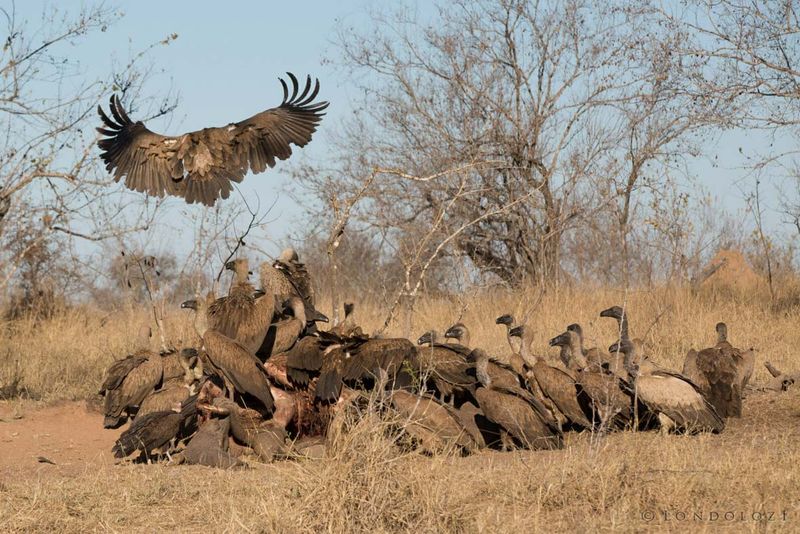
Upon the death of an elephant, vultures are often the first to arrive. These scavengers perform the crucial task of cleaning the carcass, preventing the spread of disease. Their keen eyesight allows them to spot the dead animal from great distances.
Vultures consume the flesh, leaving only bones behind. This natural process ensures that the nutrients return to the ecosystem.
The sight of vultures circling overhead is a stark reminder of nature’s cycle of life and death, highlighting the important role of these often-misunderstood birds.
Hyenas and Other Scavengers
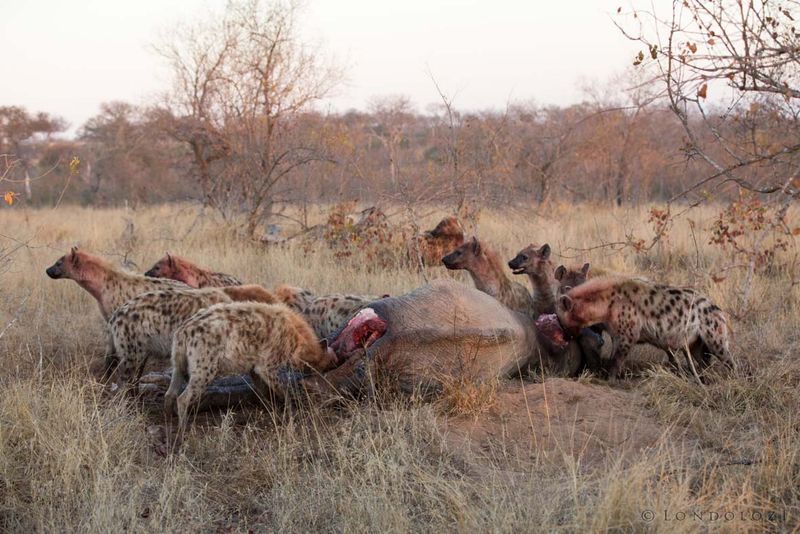
Hyenas are nocturnal scavengers that find sustenance from elephant carcasses. With powerful jaws, they can crush the bones and access the nutritious marrow inside.
Other scavengers, such as jackals and wild dogs, may join the feast, creating a lively scene.
These creatures play a vital role in the ecosystem, ensuring that nothing goes to waste. The presence of scavengers around an elephant carcass is a testament to nature’s efficiency and the interconnected web of life in the wild.
Insects and Decomposition
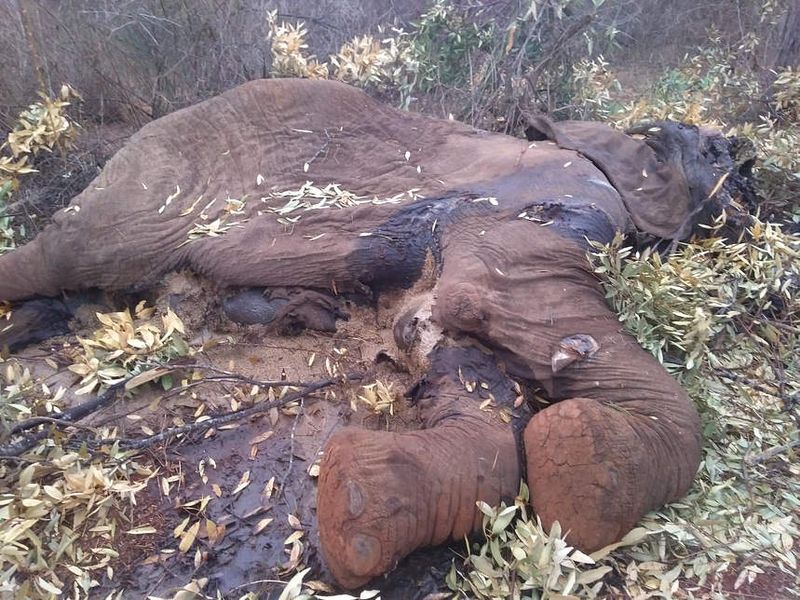
Insects are pivotal in the decomposition process, breaking down the softer tissues of the elephant. Flies lay eggs, and their larvae accelerate decomposition.
As the decomposition progresses, a variety of beetles help in this natural recycling process.
This transformation not only cleans the environment but also enriches the soil, allowing new plant life to flourish. The silent, tireless work of these insects is a fundamental part of the life cycle, often going unnoticed but never unappreciated.
Elephant Graveyards: Myth or Reality?

The concept of elephant graveyards has intrigued scientists and storytellers alike. While true graveyards are a myth, elephants do show a fascination with bones.
They are known to touch and investigate the remains of other elephants, suggesting a form of mourning or recognition.
These behaviors raise questions about elephant intelligence and emotional capacity, highlighting their social nature and the deep connections they share with their kin.
Elephant Bones as Calcium Source
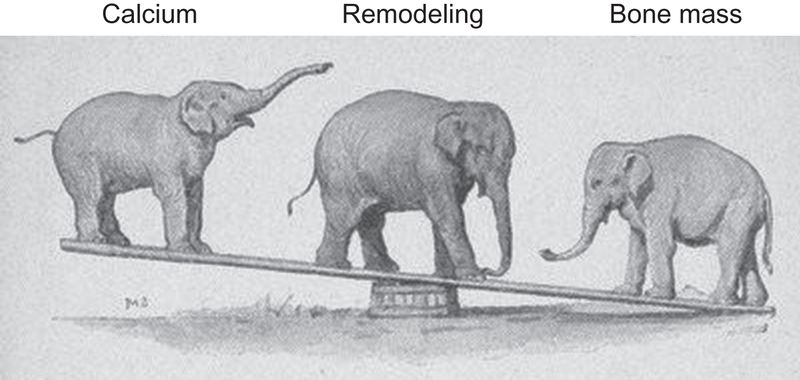
Elephant bones provide a rich source of calcium for various animals. Porcupines and rodents often gnaw on the bones to obtain essential minerals.
This behavior contributes to their survival, helping maintain strong teeth and bones.
The utilization of elephant remains by small mammals underscores the interconnectedness of life in the wild, where even the largest creatures continue to support the smallest ones long after they’ve passed.
Role in the Food Chain
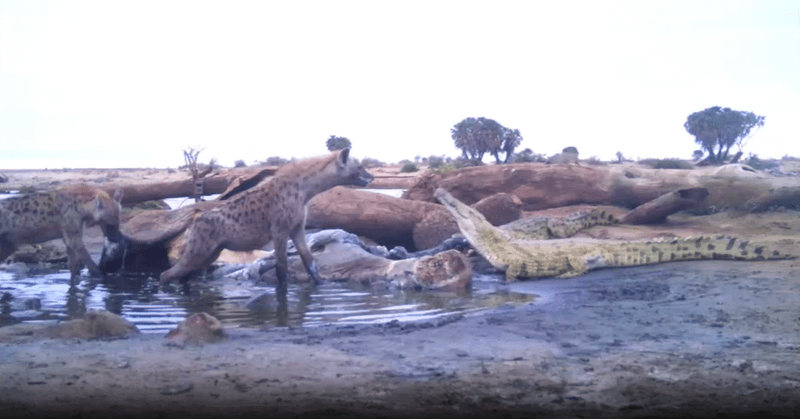
An elephant’s death has a ripple effect throughout the food chain. The carcass provides sustenance for numerous animals, from predators to scavengers.
This abundance of resources supports a diverse range of wildlife, reinforcing the delicate balance of the ecosystem.
Each species plays a role in consuming different parts of the elephant, ensuring that nothing is wasted. This collaboration among species highlights the complex tapestry of life, where every being has a part to play.
Elephant Tusks and Ivory Trade
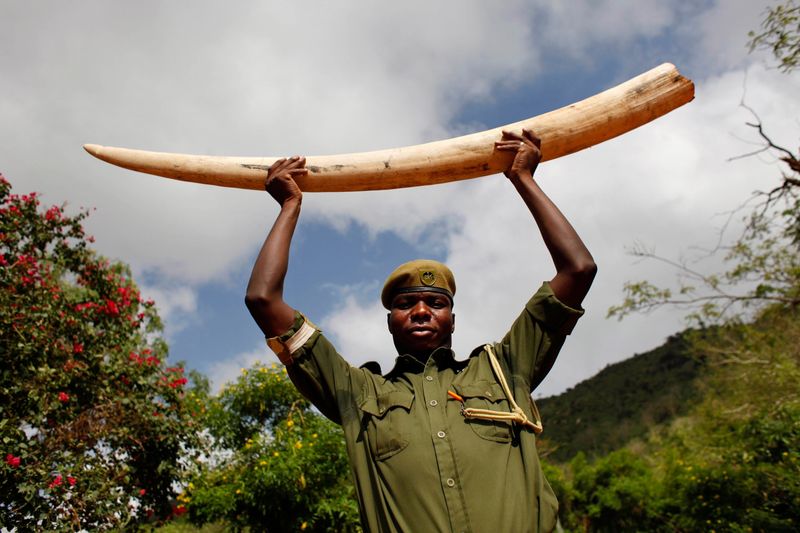
The tusks of a deceased elephant are often targets for poachers due to the lucrative ivory trade. Conservation efforts have been intensified to protect these valuable remains.
Organizations work tirelessly to prevent illegal activities and preserve the natural heritage.
The fate of an elephant’s tusks is a poignant reminder of the ongoing battle between conservation and exploitation, reflecting society’s responsibility to protect wildlife for future generations.
Cultural and Spiritual Significance
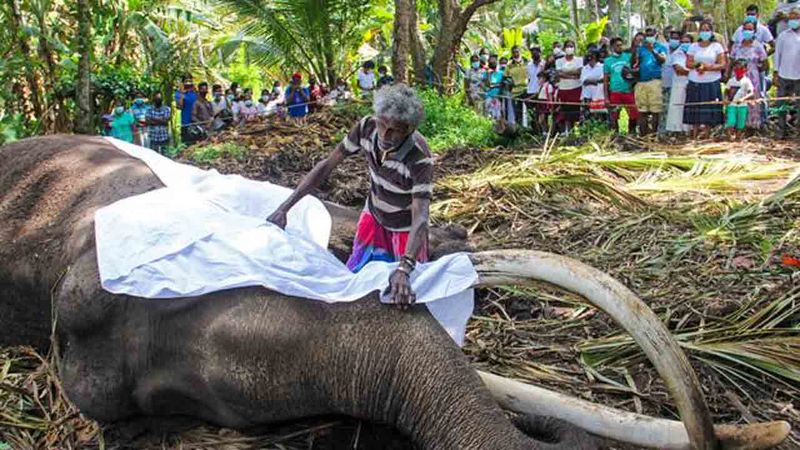
In many cultures, elephants hold profound spiritual significance. Their death can be marked by rituals and ceremonies that honor and celebrate their lives.
These practices are steeped in respect and recognition of the elephant’s role in the community.
The cultural reverence for elephants is a testament to their majestic presence, influencing human traditions and beliefs across generations. Such ceremonies strengthen the bond between humans and nature, fostering a sense of unity and respect.
Research Opportunities
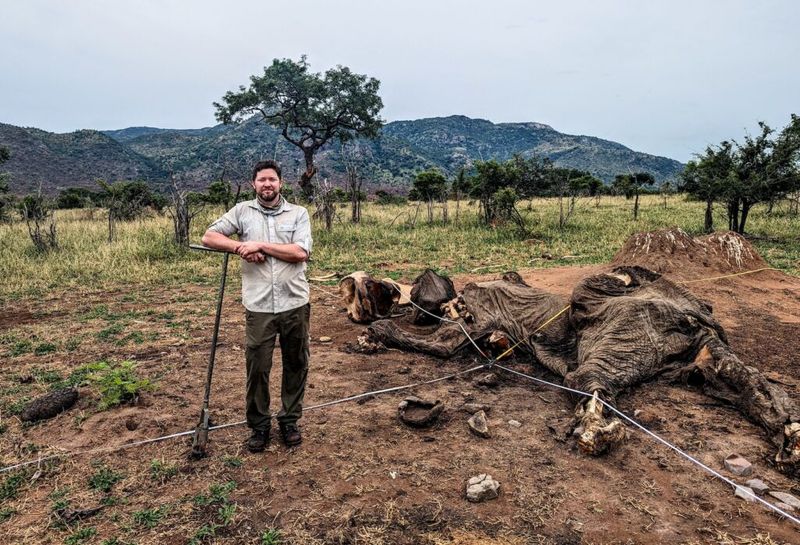
The death of an elephant presents unique research opportunities for scientists. By studying the carcass, researchers can gain insights into the health, diet, and social structure of elephants.
This information aids in conservation efforts, enhancing our understanding of these magnificent creatures.
The scientific exploration of an elephant’s remains is a vital part of preserving their legacy, ensuring that they continue to inspire and educate even in death.
Impact on Elephant Herds
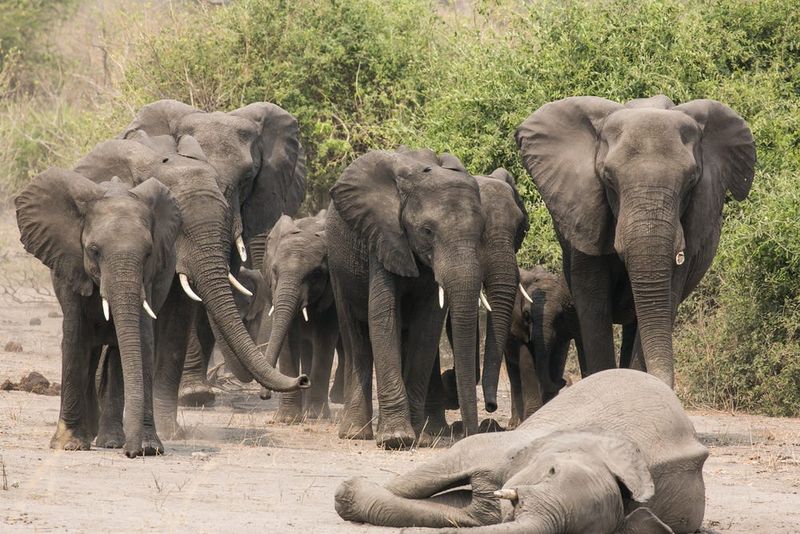
When an elephant dies, the impact on its herd can be profound. Elephants are known for their strong social bonds, and the loss of a member can lead to visible signs of mourning.
The herd may linger around the deceased, displaying behaviors that suggest grief and recognition of loss.
This emotional response highlights the deep connections within elephant communities, underscoring their intelligence and empathy.
Ecological Impact
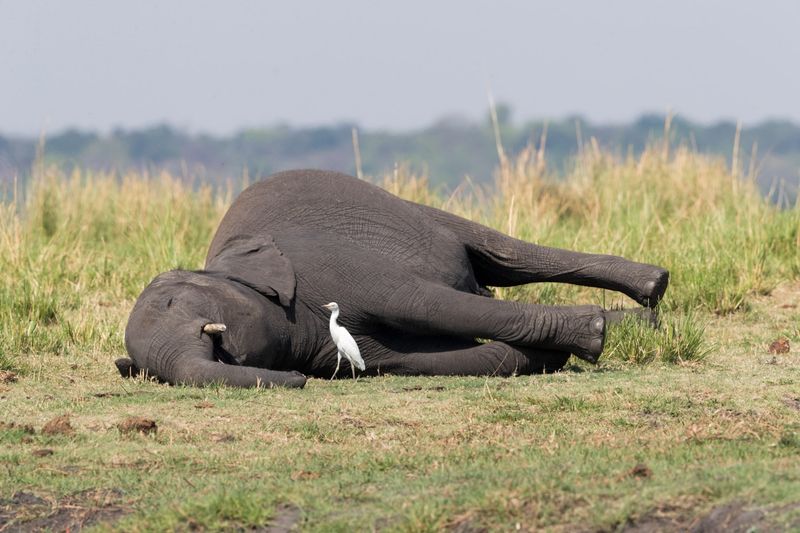
An elephant’s death contributes significantly to the ecosystem’s health. The nutrients released from the carcass support the growth of various plants and microorganisms.
This in turn attracts herbivores, which serve as prey for larger predators.
The death of a single elephant can thus influence an entire ecosystem, demonstrating the intricate web of life where each element relies on another to thrive. This ecological contribution is a testament to the sustainability and resilience of nature.
Emotional Connections to Humans
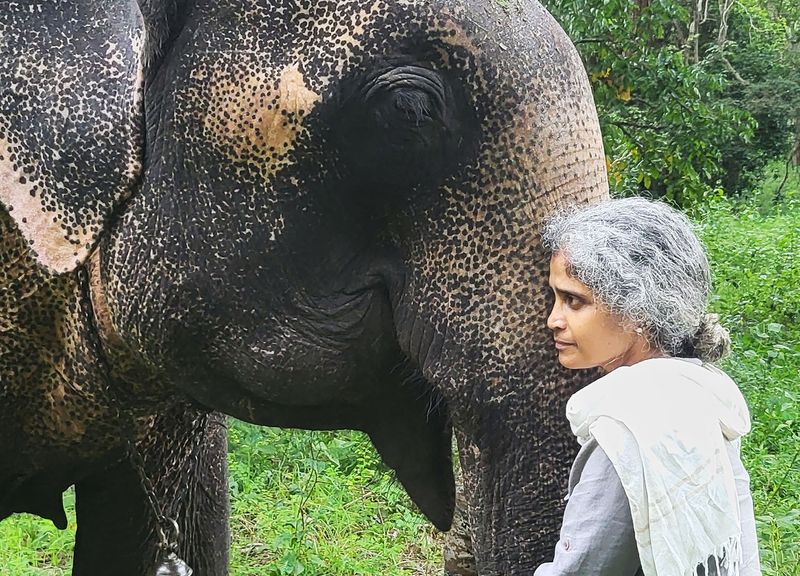
The bond between elephants and humans can be profound, particularly for those who work closely with them. Rangers and conservationists often develop deep emotional connections with these animals.
The death of an elephant can be a heartbreaking experience, prompting reflections on the importance of conservation.
This emotional aspect of elephant conservation highlights the empathy and dedication of individuals committed to protecting these majestic creatures, inspiring others to appreciate and preserve wildlife.
Legacy and Conservation Awareness
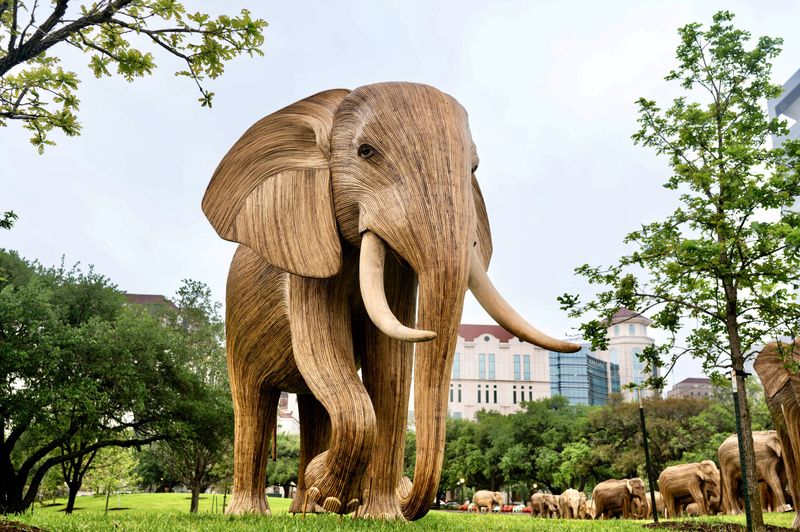
The legacy of a deceased elephant can spark greater awareness for conservation efforts. Memorials and stories of individual elephants remind us of the importance of wildlife preservation.
These narratives inspire action and education, encouraging communities to participate in conservation initiatives.
The enduring legacy of an elephant’s life and death serves as a powerful symbol for environmental activism, reminding us of our collective responsibility to safeguard the planet’s biodiversity.

